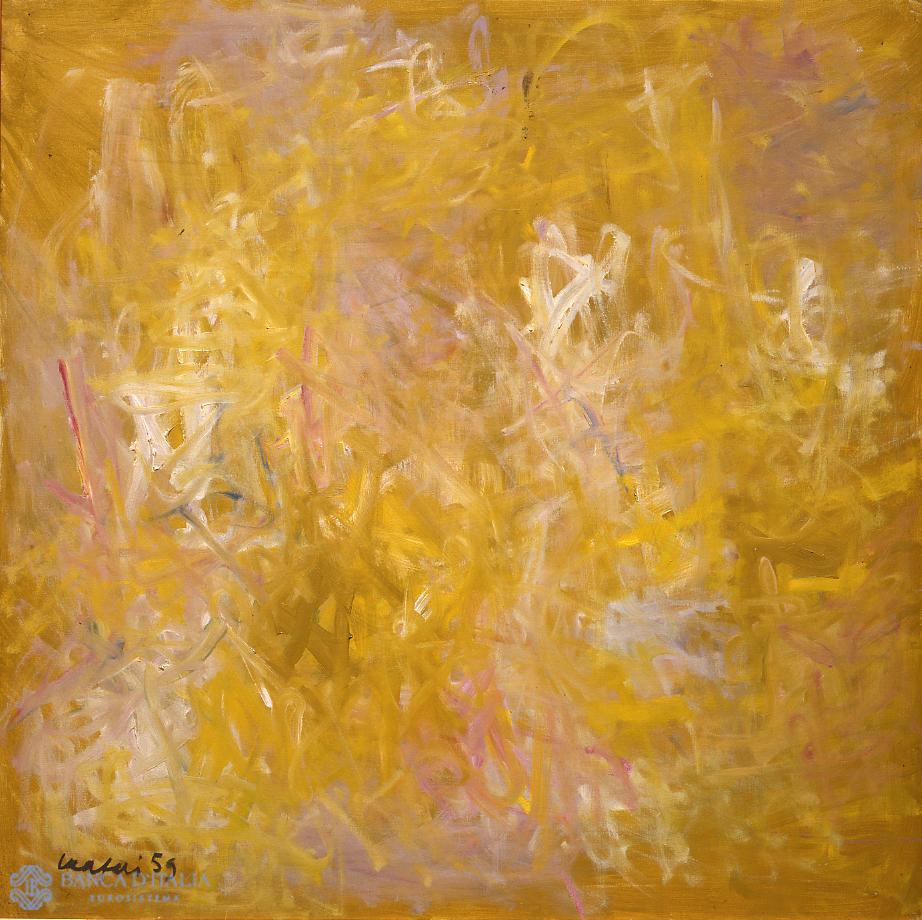In 1917 the fifteen-year-old Mario Mafai (Rome 1902-65) left school to devote himself to painting. In 1924 he made friends with Gino Bonichi, known as Scipione, and together they enrolled at the Scuola libera del nudo, part of the Roman Accademia di Belle Arti. In 1925 he met Antonietta Raphaël, recently arrived from Paris, and in 1927 they went to live in Via Cavour in the house frequented also by Scipione and the sculptor Marino Mazzacurati, leading Roberto Longhi to refer to the Scuola di Via Cavour.
In this period he met Ungaretti, Sinisgalli and De Libero and was the subject of a positive critical notice by C. E. Oppo, a “regime organizer” of cultural life under Fascism. From January to November 1930 he was in Paris, where he came into direct contact with contemporary art.
Between 1933 and 1934 Mario Mafai was especially productive. It was during this period that he definitively abandoned his youthful style and painted some of his most important pictures, including Donne che si distendono al sole and Nudo in riposo, as well as his Fiori series.
His work then evolved in a direction that increasingly emphasised the complex relationship existing between colour, form and light. Emotion is reflected in a vibration of form that endows things with a living presence, bodies and objects alike. A very special sense of the passage of time pervades Mafai’s work, in which the idea of situations and things being consumed is always present, not only in the Fiori series, where the theme is explicit.
In 1937 the gallery La Cometa put on a personal exhibition that sealed his success, which was confirmed the following year when he shared an exhibition room with Alberto Ziveri at the Venice Biennale. In 1939 he painted his first Fantasie, which see the intervention of historical models of an art focused on the dramas of the age, from Goya to Géricault and Grosz.
After World War II Mafai extended his research to new fields in which the figurative element gave way to a language entrusted exclusively to forms and colours leading up to the dramatic Corde series between 1960 and 1963.
Mario Mafai
Mario Mafai (Rome 1902 - Rome 1965)
20th century AD



